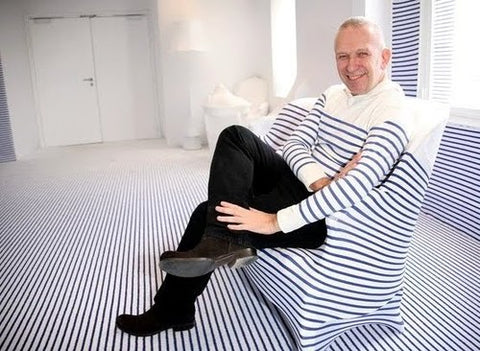Perhaps the only style that a two-year-old girl and a 35-year-old man can both wear, the Breton striped top is an ultra classic—and one of the easiest patterns to wear. Breton tops have become something of a French stereotype. Here's a short history of the iconic striped top.
In the middle ages striped clothing was considered 'demeaning, pejorative, or clearly diabolic' and was worn by social outcasts, such as prostitutes, jugglers, clowns and cripples.

Bold stripes went on to become inmates’ prison uniform in the US in the 1800s. Horizontal stripes in black and white were adopted to signify the enclosure of the prison cell, and made its wearer easily identifiable should he succeed in escaping (women prisoners were not given striped clothing).

The Breton stripe shirt was first introduced in 1858 as the uniform for all French navy seaman in Northern France. The distinctive stripes made it easier to spot wayward sailors who had fallen overboard and the original design featured 21 stripes, one for each of Napoleon’s victories.
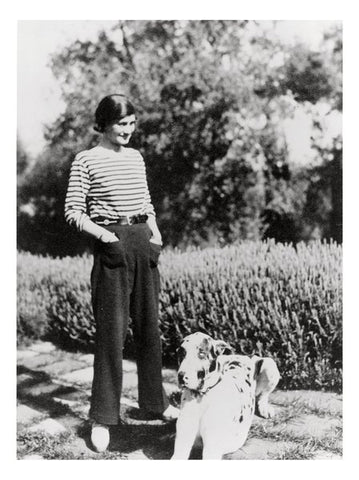
Fashion designer Gabrielle ‘Coco’ Chanel came across the breton striped shirt when she was on a visit to the coast. It inspired her to create a nautical-themed collection in 1917. Chanel favoured masculine silhouettes to empower her female clientele, and was pictured sporting one of her lose-fitting Breton tops tucked into a pair of wide-leg trousers.
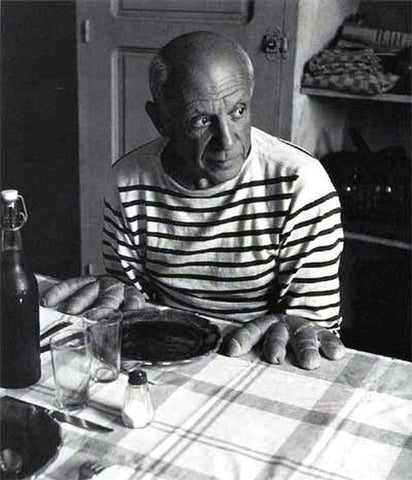
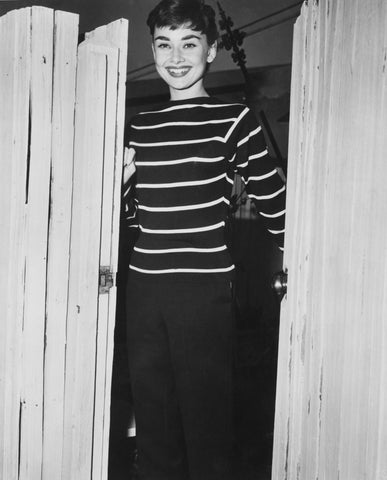
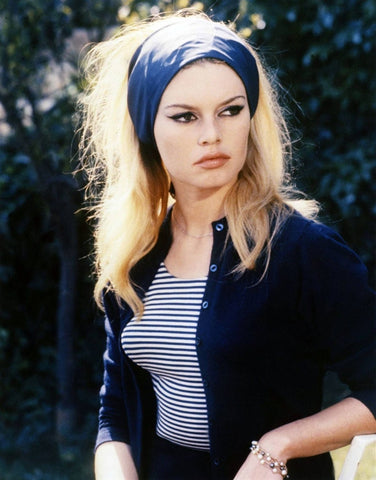

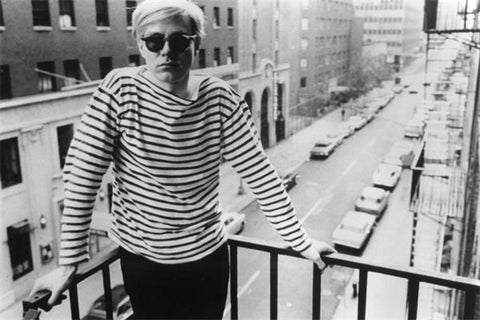
Soon this style was adopted by members of the upper class who wore these stripy tops under their blazers. By the mid-century, the Breton top became the uniform of the hipster, a sort of signifier of countercultural cool.
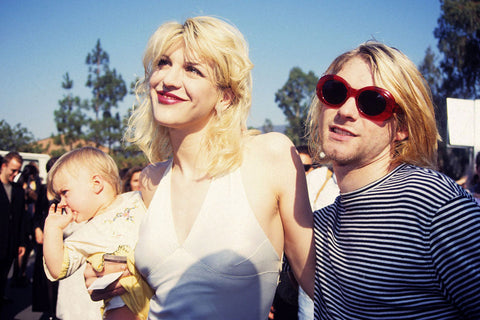

The rest of the 20th century and early 2000s saw the democratization of the striped top; it was adopted by intellectuals and artists, Audrey Hepburn, Brigitte Bardot, Jean-Paul Sartre, John Wayne, and, famously, designer Jean Paul Gaultier, who elevated the stripes to evening wear.
